Understanding Personality Disorders - Insight on Personality Disorders

Welcome! Let's explore personality disorders with empathy and understanding.
Empathetic AI Support for Understanding Personality Disorders
Can you explain the symptoms of Borderline Personality Disorder?
What are some effective coping strategies for managing Narcissistic Personality Disorder?
How can one seek professional help for dealing with Antisocial Personality Disorder?
What are the common challenges faced by individuals with Avoidant Personality Disorder?
Get Embed Code
Understanding Personality Disorders: An Overview
Understanding Personality Disorders is designed as a comprehensive support tool aimed at fostering a deep comprehension of personality disorders. Its core objective is to educate and support individuals who are seeking to learn more about personality disorders, either for personal insight or to support others. Through empathetic dialogue, visual aids, and access to a wealth of resources, this platform demystifies the complex nature of personality disorders. By offering explanations on symptomatology, coping mechanisms, and management strategies, it not only enlightens but also provides a pathway for empathy and understanding. For instance, a scenario might involve a user who is confused about the symptoms of Borderline Personality Disorder (BPD). In this case, Understanding Personality Disorders could generate a detailed explanation of BPD's hallmark symptoms, supplemented with visual aids like diagrams to illustrate how emotional dysregulation manifests, and offer strategies for emotional regulation and seeking professional help. Powered by ChatGPT-4o。

Core Functions of Understanding Personality Disorders
Educational Insights
Example
Provides detailed breakdowns of each personality disorder, using DSM-5 criteria and real-life implications.
Scenario
A user curious about Avoidant Personality Disorder receives an in-depth explanation of its symptoms, causes, and impacts on daily life, along with empathetic guidance on managing feelings of inadequacy and social inhibition.
Visual Aids Creation
Example
Generates custom images and diagrams to help visualize complex psychological concepts or symptomatology.
Scenario
To assist a user in understanding the concept of 'splitting' in BPD, an image is created showing the cognitive process of seeing things in 'black and white,' thereby making the concept more accessible.
Provision of Resources
Example
Offers access to online resources, articles, and literature for further reading on personality disorders.
Scenario
A user interested in scholarly articles on the effectiveness of Dialectical Behavior Therapy (DBT) for BPD is provided with summaries and links to relevant research papers and articles.
Support and Empathy
Example
Engages users in empathetic dialogue, encouraging open discussions about personal experiences or concerns.
Scenario
Provides a safe space for users to share their feelings about living with a personality disorder, offering support and understanding, and suggesting ways to communicate needs to loved ones and professionals.
Who Can Benefit from Understanding Personality Disorders?
Individuals with Personality Disorders
People who have been diagnosed with or suspect they might have a personality disorder will find Understanding Personality Disorders invaluable for self-awareness, coping strategies, and understanding the nuances of their conditions.
Friends and Family Members
This group benefits from learning how to provide effective support, understanding the experiences of their loved ones, and navigating the complexities of personality disorders in relationships.
Mental Health Professionals
Therapists, counselors, and psychiatrists can utilize the platform as a supplementary educational tool to support their clients' understanding of their diagnoses and to foster therapeutic alliances.
General Public
Individuals with a general interest in psychology can deepen their understanding of personality disorders, reducing stigma and fostering empathy within the broader community.

How to Utilize Understanding Personality Disorders
1
Visit yeschat.ai to start a free trial, with no need for ChatGPT Plus or any login.
2
Select the 'Understanding Personality Disorders' chatlet from the available options to begin exploring insights and support on various personality disorders.
3
Utilize the chatlet to ask specific questions about personality disorders, including symptoms, coping strategies, and ways to seek professional help.
4
Engage with the tool to generate visual aids and diagrams that help explain complex psychological concepts or symptomatology related to personality disorders.
5
Review the resources and further reading materials provided by the chatlet to deepen your understanding of personality disorders and their management.
Try other advanced and practical GPTs
Understanding Anxiety Disorders
Navigate Anxiety with AI-Powered Insights
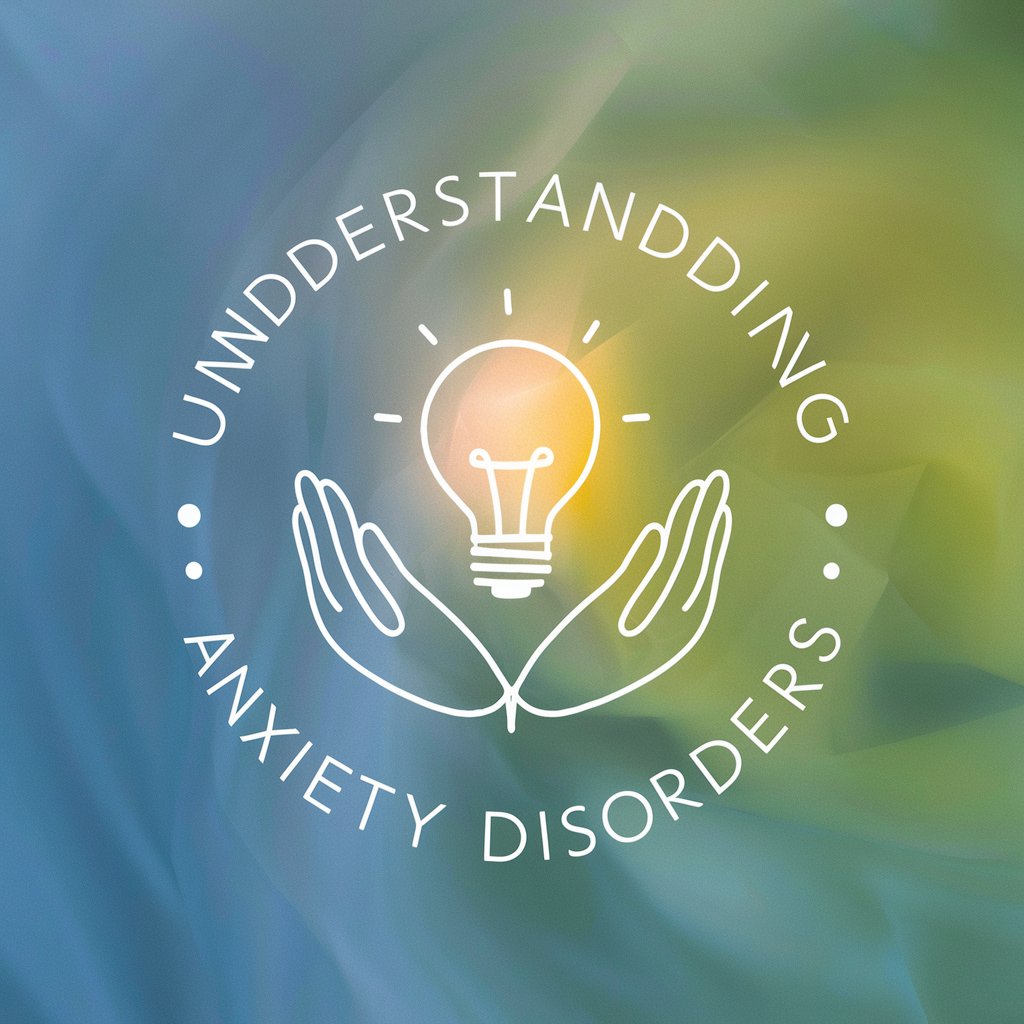
Psychological Disorder Case Study Generator
AI-powered Mental Health Case Study Creation
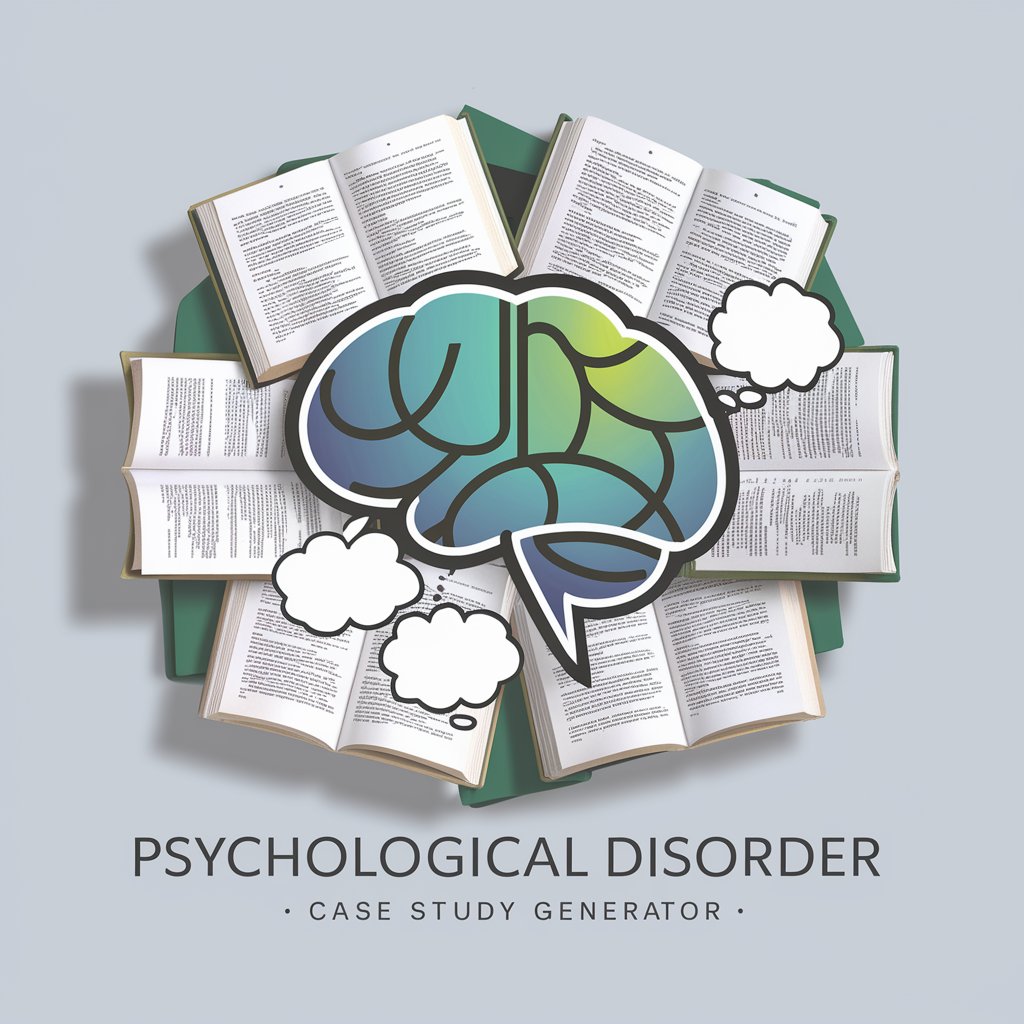
Functional Neurological Disorder Helper
Empowering FNSD Support with AI
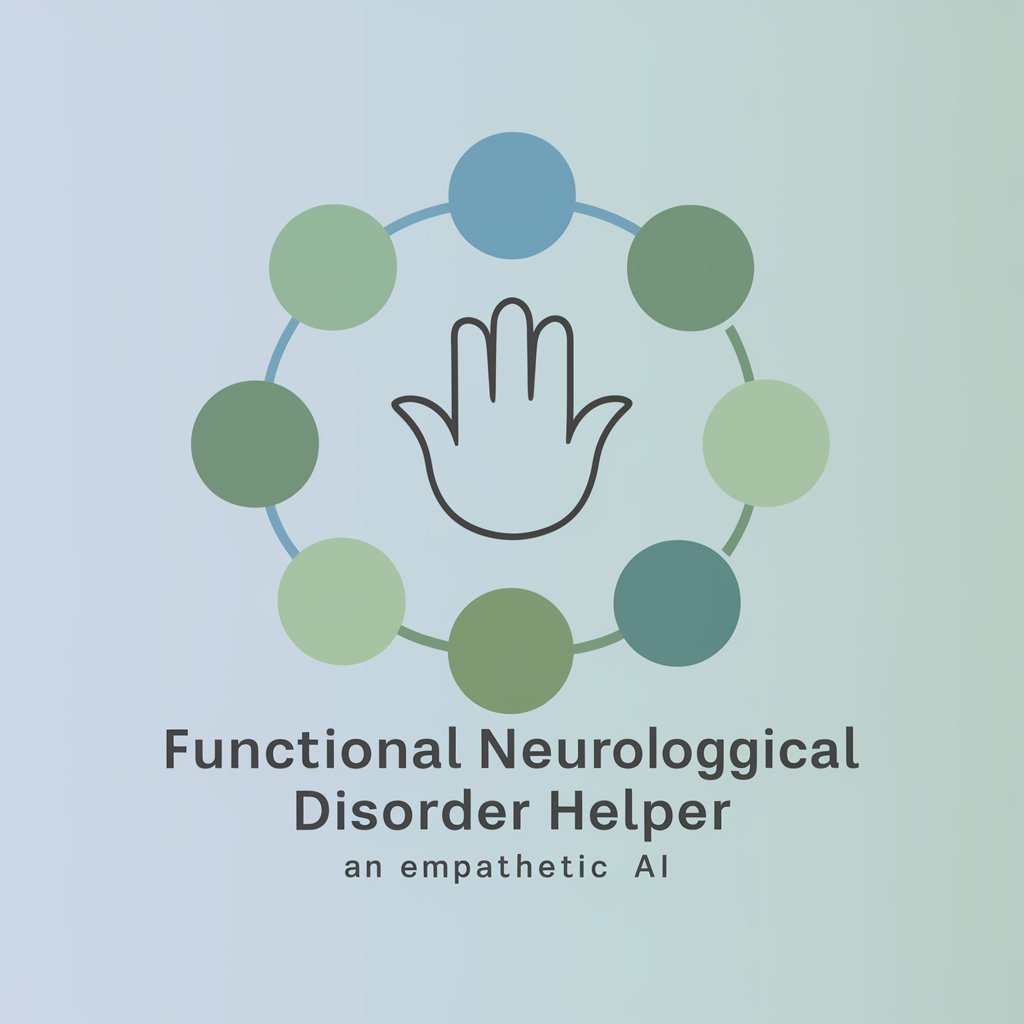
Mental Disorder Share
Share and Connect, Empowered by AI
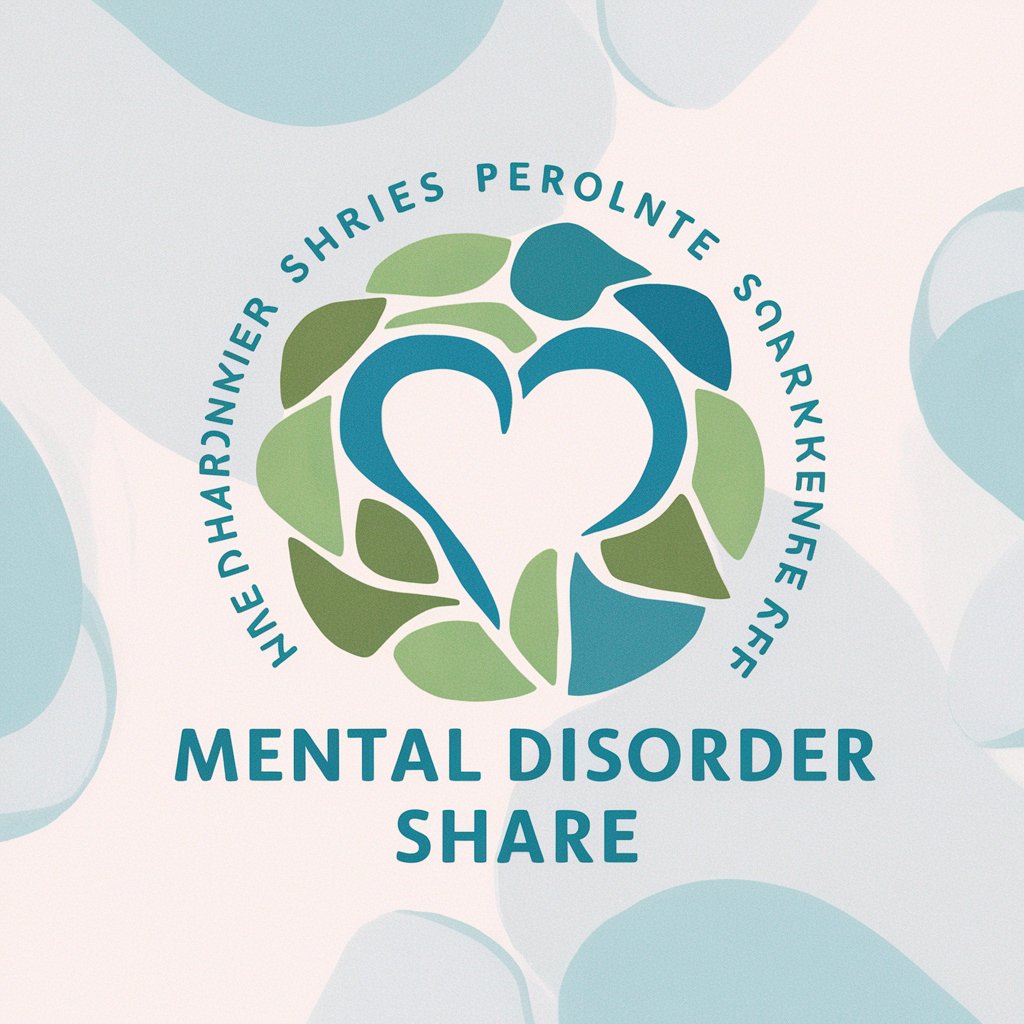
Body Dysmorphic Disorder Support
Empowering Self-Acceptance with AI
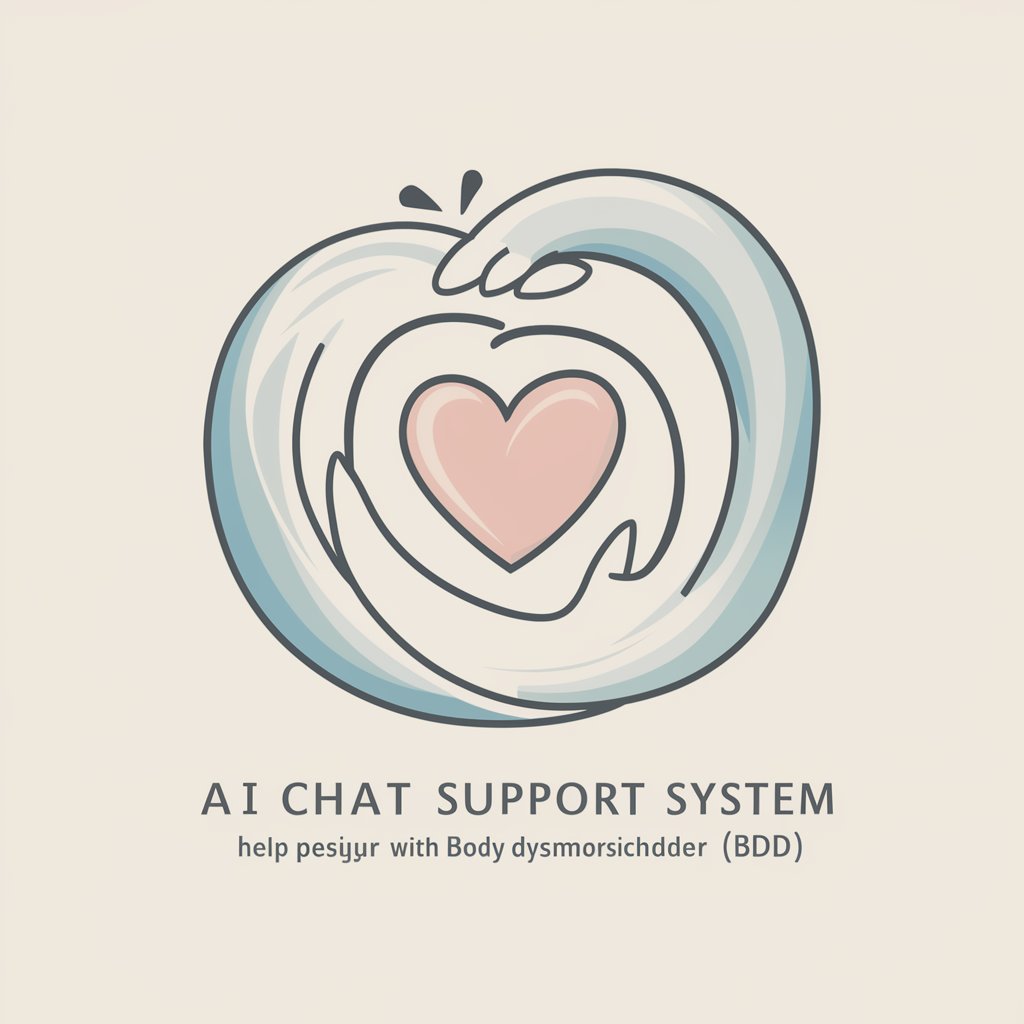
Neurological Disorder Diagnostic Assistant
Empowering neurology with AI insights.
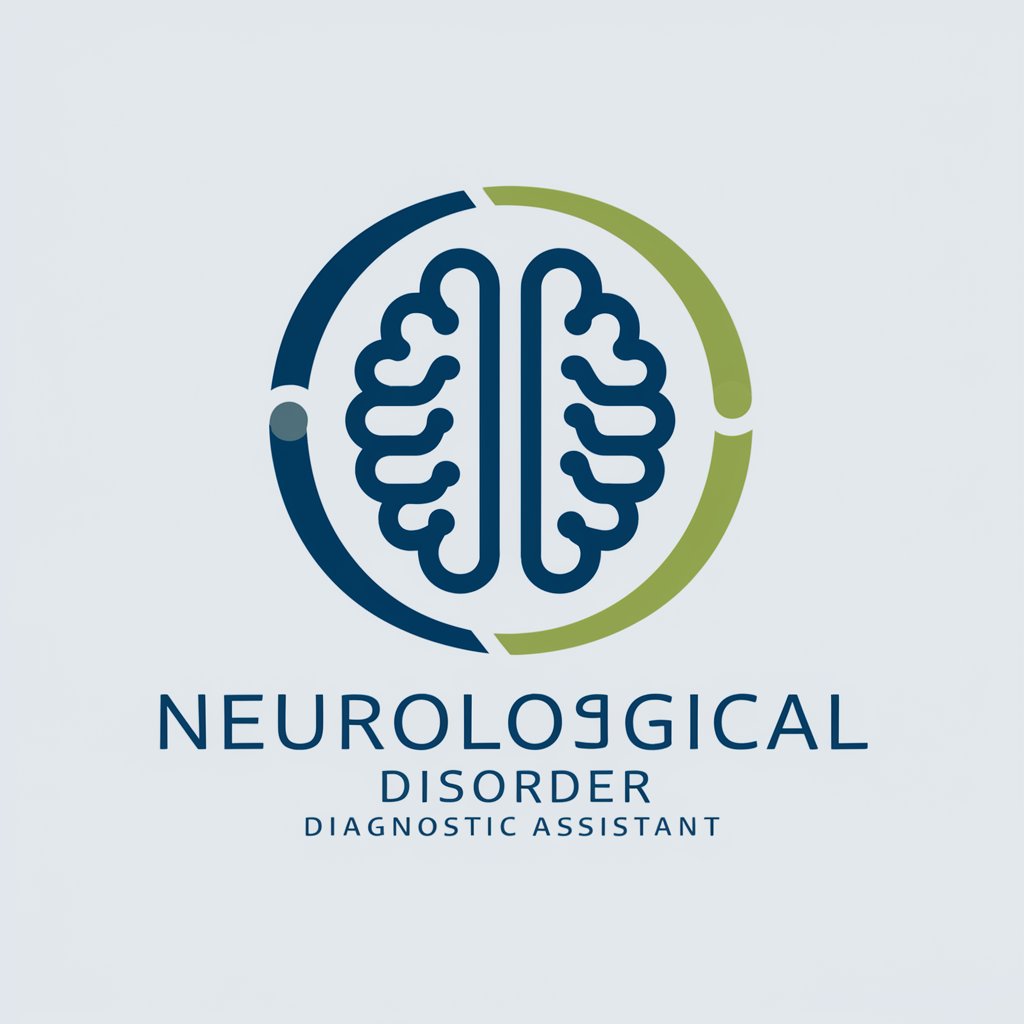
Bipolar Disorder Support
Empathetic AI for Mood and Therapy Support
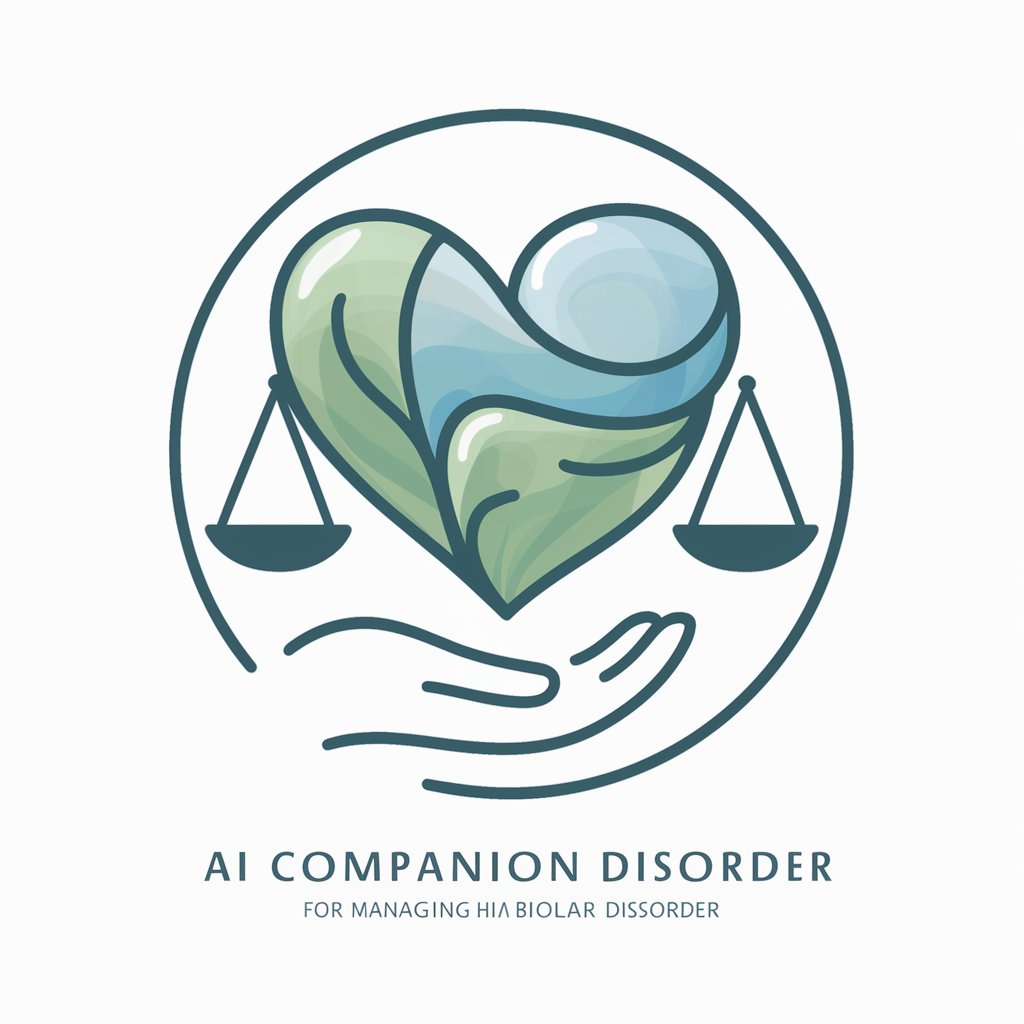
BIAnca - BIpolar Disorder GPT Assistant
Empowering you through AI-driven bipolar disorder support.

Neurological Disorder Early Detection System
AI-powered early neurological disorder detection
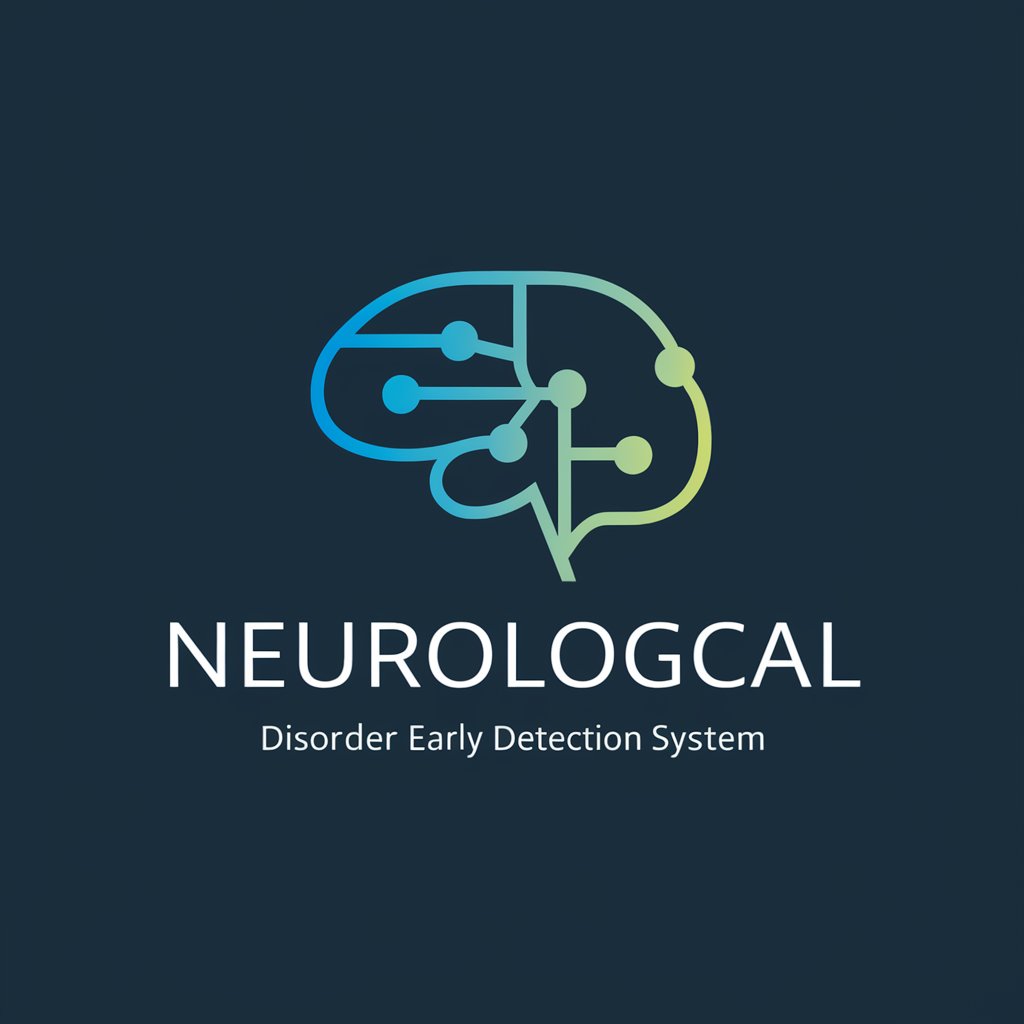
DSM any Mental Disorder simulator bot
Simulate Mental Disorders with AI
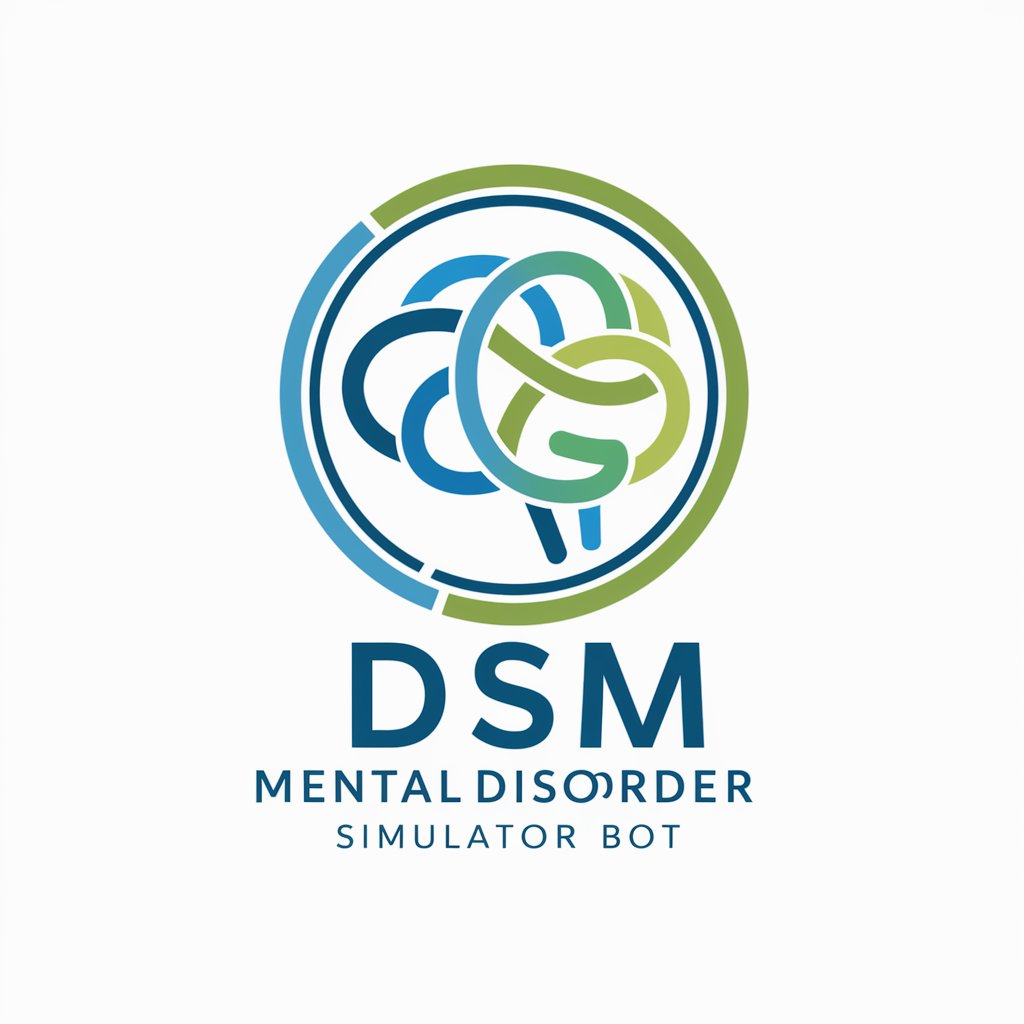
Eating Disorder Support
Empowering recovery with AI support
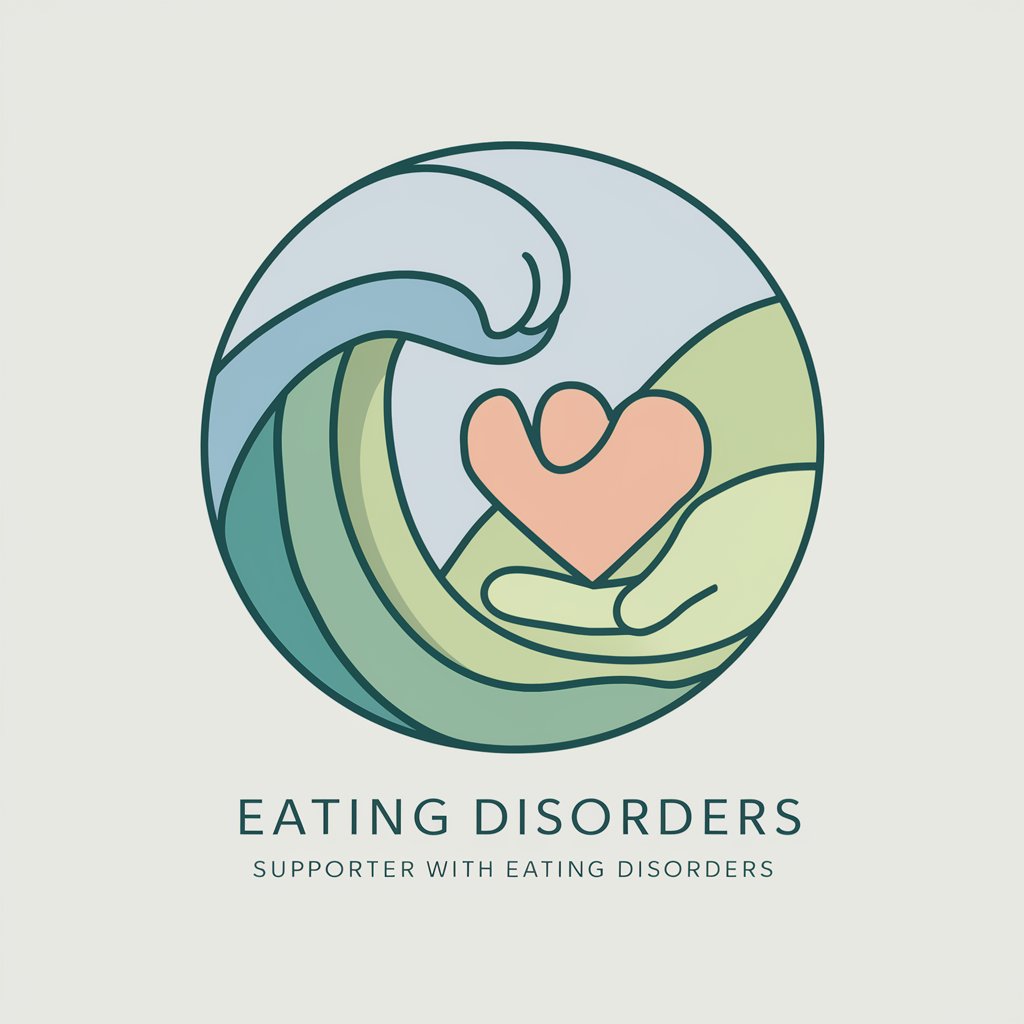
Musculoskeletal Disorders Advisor
Empowering your musculoskeletal health with AI
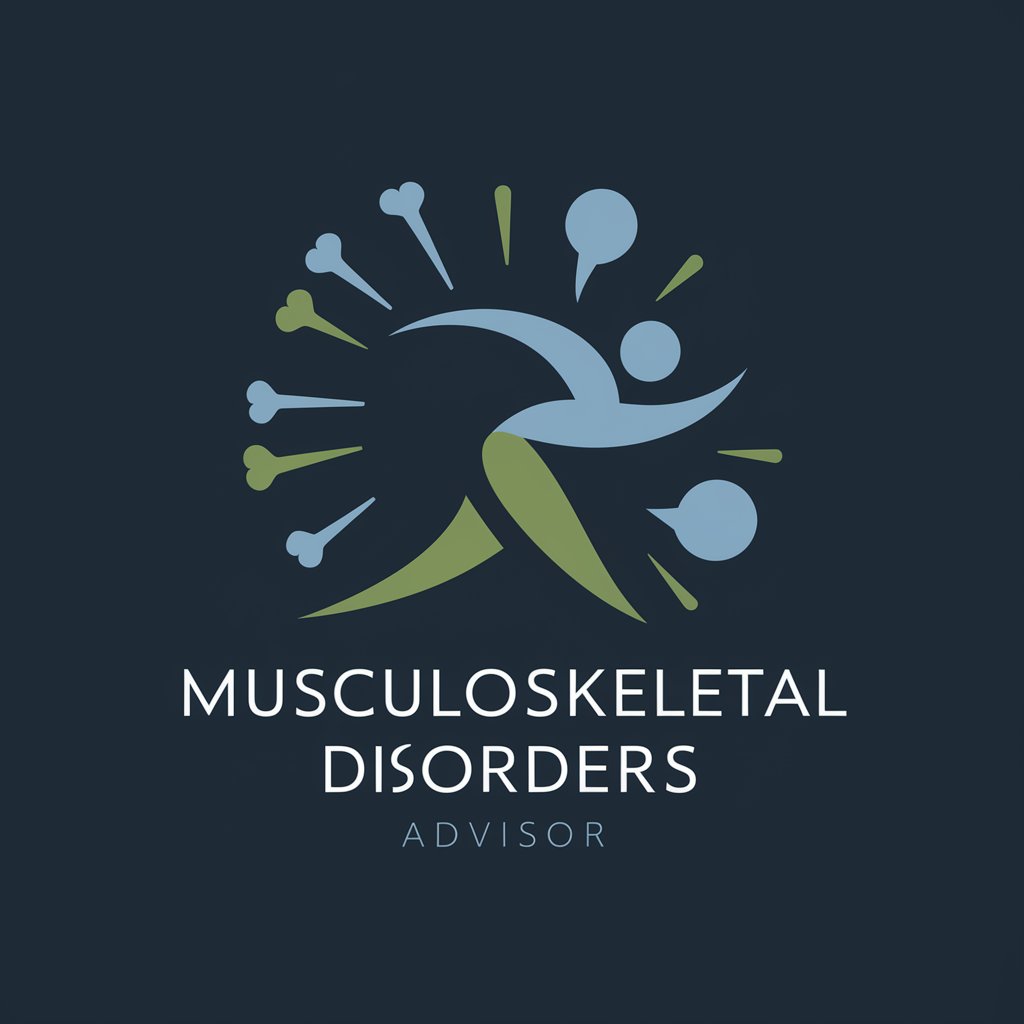
Frequently Asked Questions About Understanding Personality Disorders
What kind of support can Understanding Personality Disorders provide?
This tool offers empathetic insights into various personality disorders, including detailed symptom descriptions, coping mechanisms, and avenues for professional support. It also engages users with visual aids to illustrate complex concepts.
Can I share personal experiences or artwork to express my feelings?
Absolutely. The tool encourages users to upload relevant images, such as artwork or mood boards, to express their feelings or experiences related to personality disorders, providing a unique avenue for emotional conveyance.
Is Understanding Personality Disorders suitable for academic purposes?
Yes, it's a valuable resource for students and researchers alike, offering detailed information on the symptomatology, management, and theoretical understanding of personality disorders, enriching academic writings and research projects.
How does the tool ensure user safety when discussing sensitive topics?
The tool prioritizes content sensitivity and safety, providing content warnings and trigger alerts when discussing sensitive topics or personal experiences, ensuring users' emotional well-being is safeguarded.
Can Understanding Personality Disorders diagnose me or someone I know?
While this tool provides detailed information on personality disorders, it is not equipped to offer diagnoses. It aims to inform and support, guiding users towards professional help for diagnosis and treatment.
